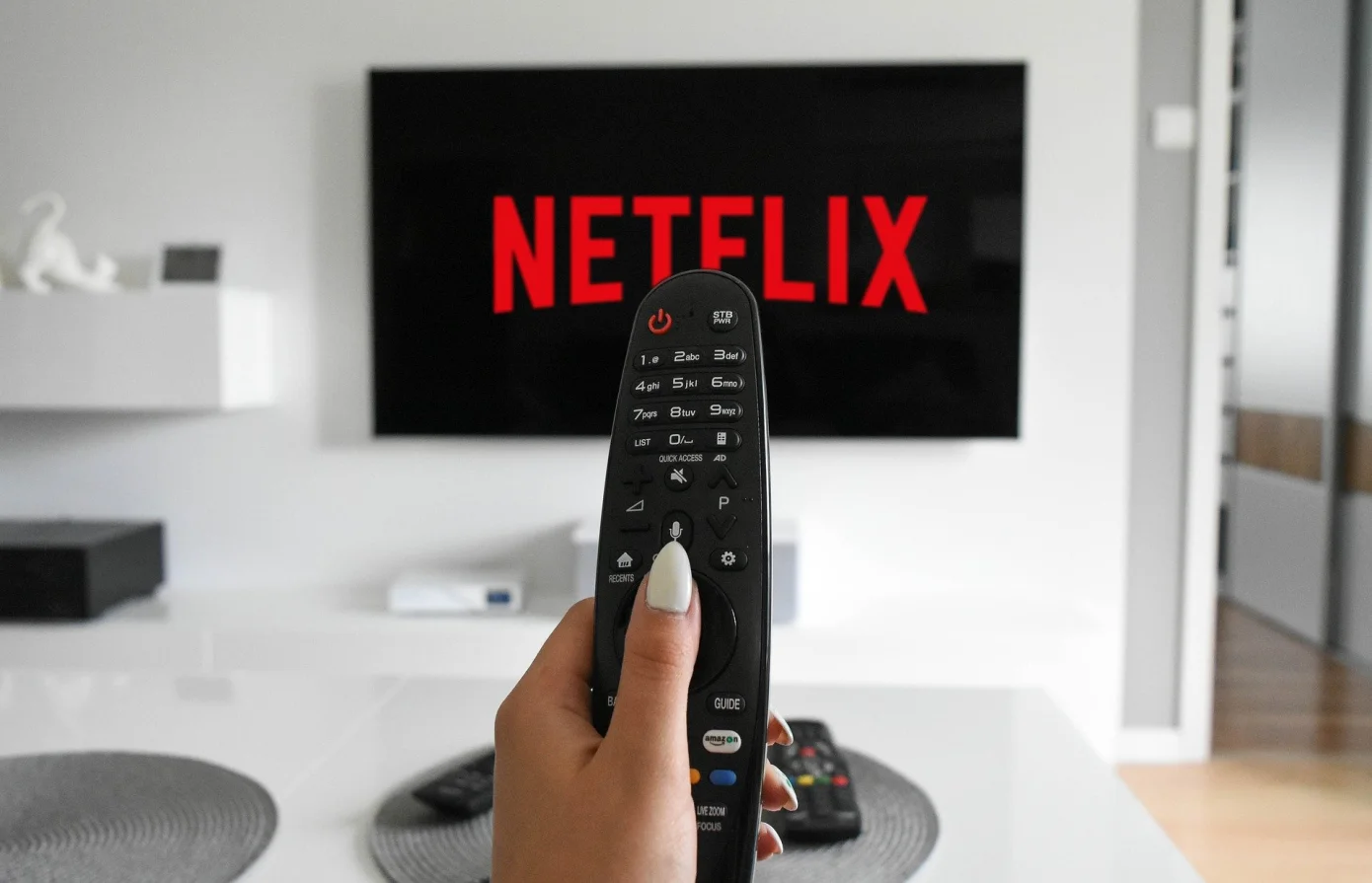Cases test
Netflix (NFLX) is the dominant company in the on-demand media industry, with 167 million paying subscribers around the world.1 By creating compelling original programming, analyzing its user data to serve subscribers better, and above all by letting people consume content in the ways they prefer, Netflix disrupted the television industry and forced cable companies to change the way they do business.
400,000
VIEWABLE IMPRESSIONS200,000
REACH4,000
CLICKS1,0%
CTRIt has certainly accelerated the trend towards cord-cutting. An estimated 27% of American households planned to cancel paid cable service in 2021 (i.e., more than 35.5 million households), with this trend expected to continue into the future. In the long run, Netflix's success may lead to the unbundling of cable. That is, cable customers may be allowed to pick and choose channels rather than pay for a whole batch to get what they want.
KEY TAKEAWAYS
- Netflix has about 167 million paying customers globally.
- It has disrupted the television programming model and, to a growing extent, is doing the same to the cable industry.
- Netflix faces increasingly fierce competition from rivals including Amazon, Google, and Disney.
Undercutting the Competition
Netflix is essentially a storehouse of content, including movies, documentaries, and television series, both pre-existing and its own. For a flat monthly fee, subscribers can consume any program at any time on whatever device they prefer.
As of early 2020, Netflix had three tiers of monthly subscription prices: $8.99 for the basic plan, $12.99 for its most popular HD-quality service, and $15.99 for a premium plan.4
How Netflix Got Started
It's a far cry from the company's humble beginnings. Netflix started in 1997 as a website that allowed people to rent DVDs online, get them delivered by mail, and return them the same way.6
From the beginning, it competed with the networks and cable for people entertainment time. But its real competition at that time was the established brick-and-mortar video rental business.
